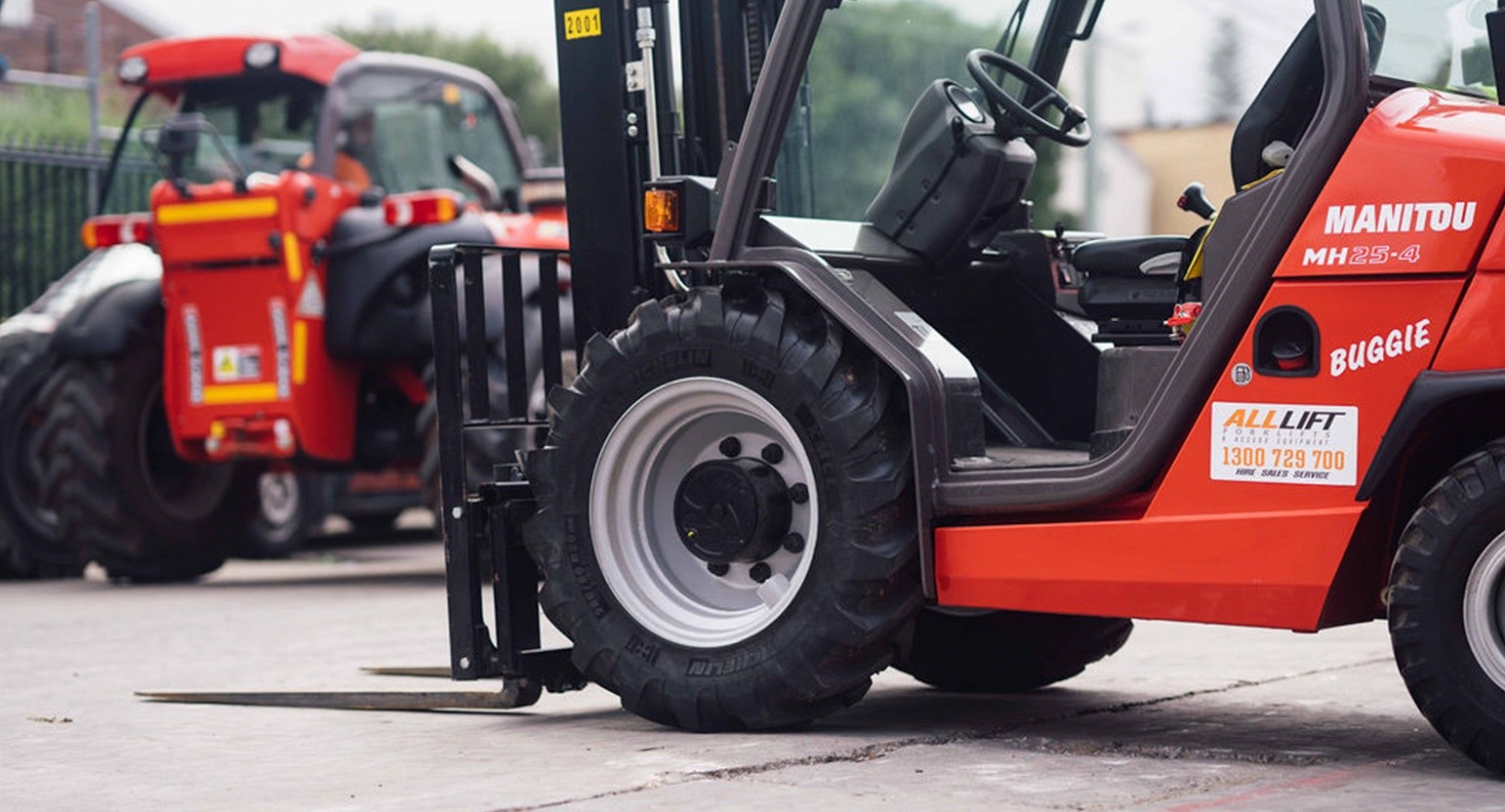How fast can forklifts go?
This is a really common question we get asked. But no, it’s not for the purposes of forklift race rallies on worksites, thankfully. If you are reading that for this reason, we do appreciate your sense of adventure and we don’t want to be buzzkills, but it’s just plain unsafe! This brings us to the truer reason we get this question: safety on site. It’s not about how fast they can go (as in, their capability), but how fast they can go on a site without creating unsafe working conditions for operators and everyone else in close proximity. With that, there are a few rules that should be followed when it comes to the speed of a forklift, depending on its lift, weight and the environment it’s working on.
What is the legal speed limit for forklifts
There are currently no national regulations on the speed of forklifts. However, there are industry rules that we abide by depending on the worksite and the situation. Generally, a worksite’s safety manager will determine the limit and (an efficient one) will put up speed limit signs to indicate this. Forklifts can generally travel up to 20kmph in certain conditions while maintaining safety on the worksite.
However, in high traffic areas all forklifts (especially those carrying loads) should not travel any faster than 6kmph (walking pace). Inside areas that have less traffic or no traffic can have a forklift travel safely at 10kmph, while low or no traffic areas outside can safely reach 20kmph.
We can’t emphasise enough though, that these speed indicators are always dependent on the specific conditions of your worksite. The safety guidelines can change from day to day, and even hour to hour. It’s extremely important to understand what is happening around you in real time before moving a forklift.
What can happen if I exceed the safe forklift speed limit?
We’re not even being dramatic when we say, disaster. If you are going too fast for your load and have to suddenly stop, you risk the forklift tipping forward or having the load drop. If you don’t go at a safe speed at all times you risk the health and life of yourself and everyone around you. But, the good news is, it is really easy to stick to the rules. Forklifts aren’t quick-to-go vehicles. You have time to consider your environment minute to minute and adjust your speed accordingly.
Does it make any difference with the type of forklift I’m driving?
In a way, yes. The basic rules of thumb don’t change, but the specifics do. This is mostly due to the capabilities of each forklift. If you have a higher load capacity forklift then you should generally stick to speeds between 6kmph and 10kmph. This is also true of forklifts working at their highest reach capacity. If you have a smaller forklift that is either enroute (so bearing no load) or carrying lightly, you may be able to go faster if your surroundings suggest that it is safe to do so.
Electric forklifts are typically better used indoors due to their lack of emissions, meaning that they are probably going to be working on smooth surfaces such as concrete. This will make their safe speed different to a Diesel forklift on rough terrain with a heavy load.
What is the safest way to manage my forklift speed?
Map out your path. While we definitely suggest that worksites have a safety officer direct speeds and have them clearly indicated with signage, we know this doesn’t always happen. You need to take responsibility for your own preventable accident safe speed range. Most late model forklifts can be speed limited which is a good option. If you map out (on paper, on your phone, even in your head) the exact path you will be taking, and at what time, you should be able to know in advance how fast you will need to go at any given point. You also need to allow for surprises along the way, so it’s best to err on the side of caution and stick to the lower end of the speed range.
Want to know more about forklift safety, or think a trained operator might be a better option? Talk to us today to discuss how we can help make your worksite not only significantly more efficient, but also safer for everyone on site.







